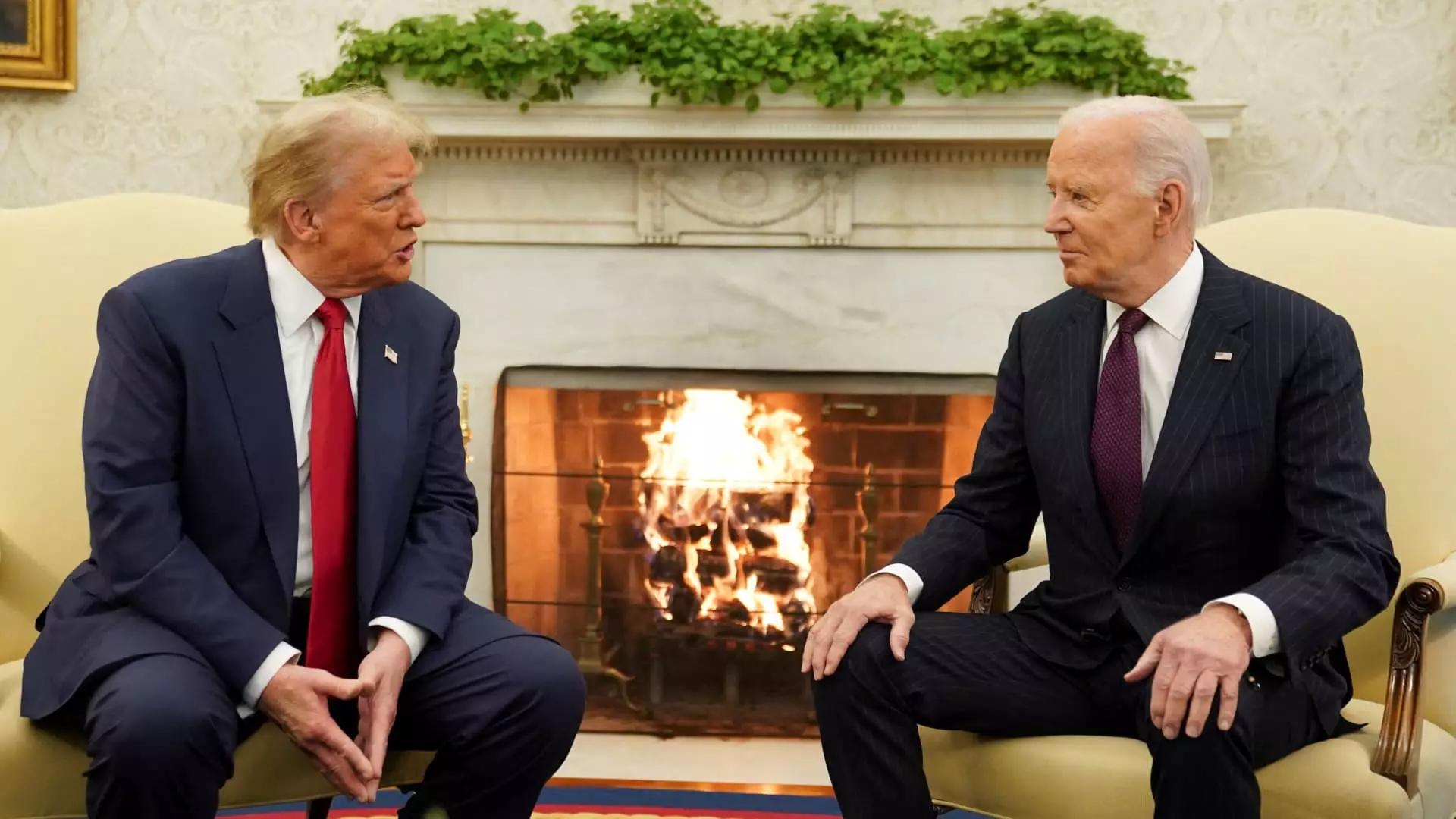In a significant move for corporate regulation, the Trump administration has announced its decision to uphold the strict merger review guidelines initially introduced by the Biden administration. This choice reflects a broader commitment to antitrust enforcement that transcends political divides, marking a notable instance of bipartisanship in regulatory approaches. Federal Trade Commission (FTC) Chairman Andrew Ferguson and Omeed Assefi, the acting head of the Justice Department’s antitrust division, articulated this stance, which has drawn both commendation and criticism from various sectors.
The decision resonates particularly with the populist, anti-corporate faction within the Trump administration, represented by Vice President JD Vance. This faction has frequently aligned with progressive voices, such as Lina Khan, the current chair of the FTC under Biden. Khan’s aggressive stance on antitrust issues has transformed the agency’s agenda, emphasizing rigorous scrutiny of corporate mergers that threaten competition. The continuation of the existing guidelines can be seen as a triumph for those advocating for stricter regulatory oversight in an environment often perceived as overly accommodating to corporate interests.
The repercussions of maintaining these guidelines extend beyond political rhetoric; this decision poses real challenges for Wall Street and corporate entities anticipating a more permissive landscape for mergers and acquisitions. The strict criteria put forth in the guidelines are designed to ensure that proposed mergers do not significantly increase market concentration, do not eliminate crucial competition between firms, and do not facilitate overt monopolistic practices through vertical mergers. Consequently, corporations are likely to face increased hurdles when attempting to consolidate, a factor that may inhibit growth strategies reliant on merger activity.
Ferguson’s rationale for sustaining the guidelines underscores a commitment to stability within enforcement agencies. He argues that frequent overhauls would not only drain fiscal resources but also erode public confidence in the regulatory bodies tasked with maintaining market integrity. In contexts where government agencies regularly adjust their frameworks in accordance with electoral changes, the risk of destabilization rises sharply. Ferguson emphasizes the necessity of a consistent regulatory landscape to bolster the credibility of the FTC and DOJ, thereby promoting a level playing field for businesses.
While the retention of these antitrust guidelines signals a deliberate approach toward corporate overseership, it also raises questions about the balance between vigorous enforcement and the stimulating of economic growth. Companies reliant on mergers for strategic expansion may find their options increasingly limited, as regulatory bodies maintain a steadfast position against potential monopolistic threats. As this administration commits to a continuity of oversight, the broader implications for innovation, competition, and market dynamics will undoubtedly emerge as focal points of discussion among stakeholders moving forward. The landscape of corporate America is set for a period of scrutiny, with antitrust enforcement shaping the trajectory of business practices for the foreseeable future.

Leave a Reply